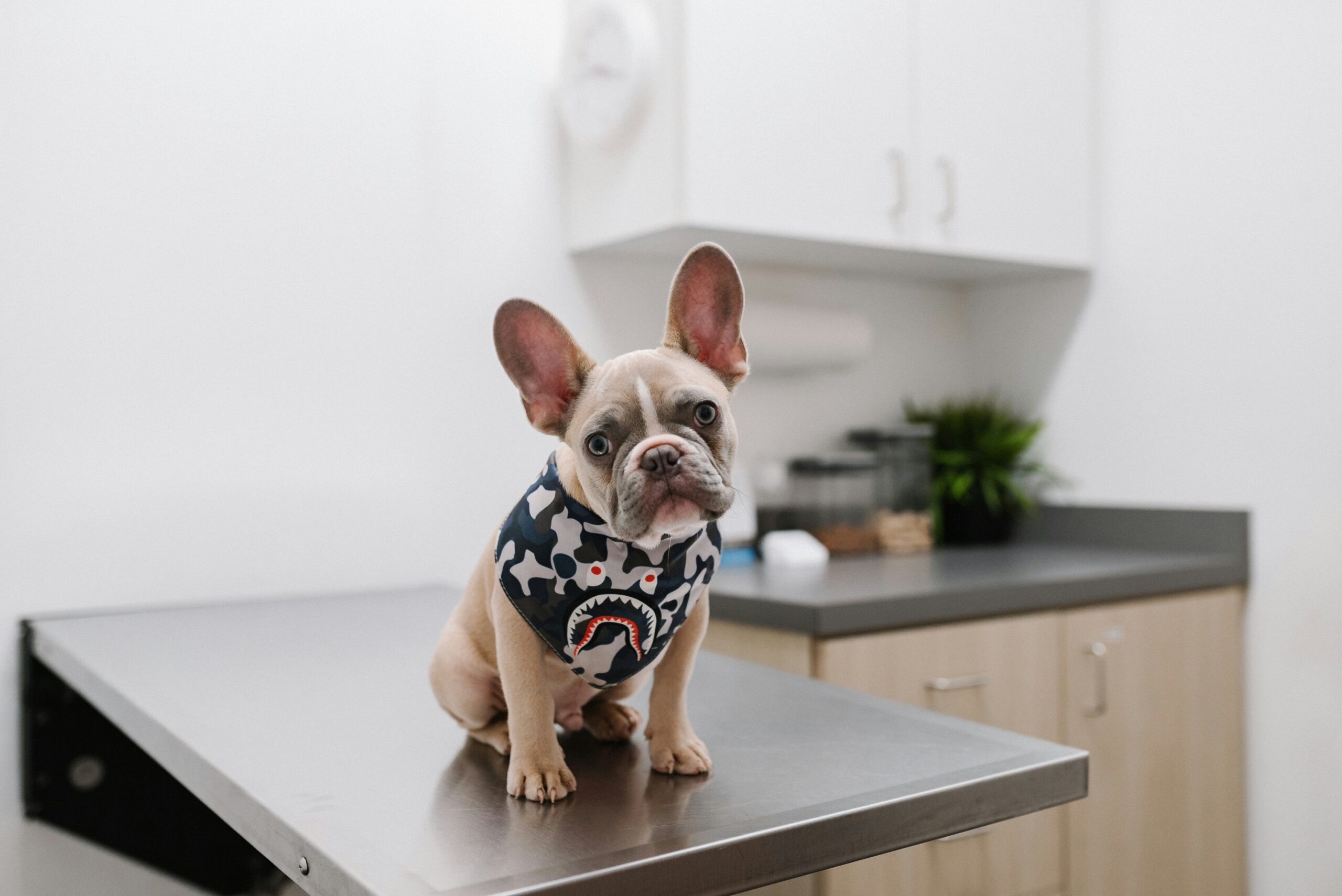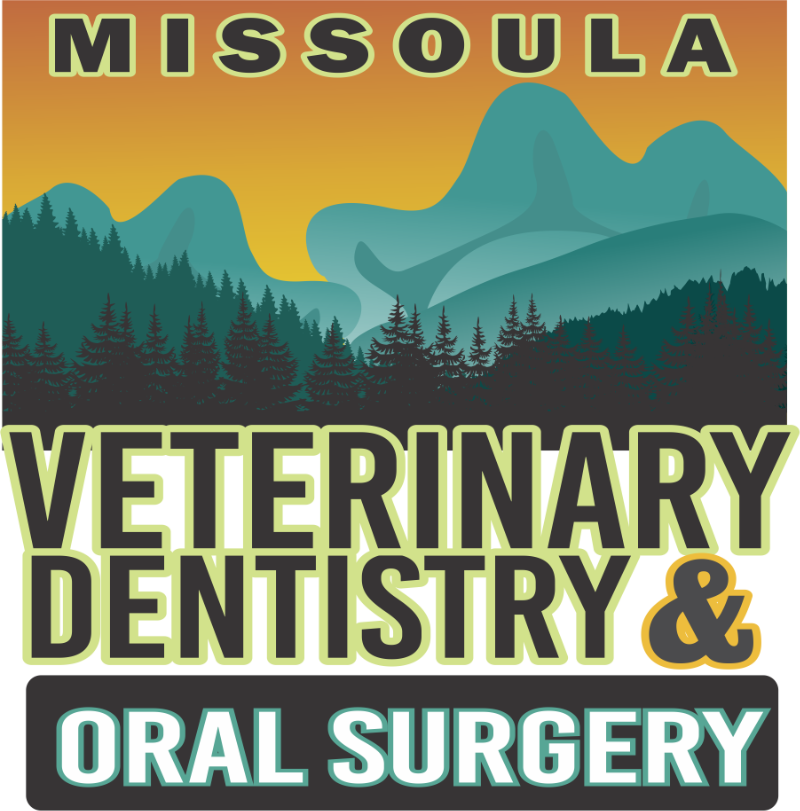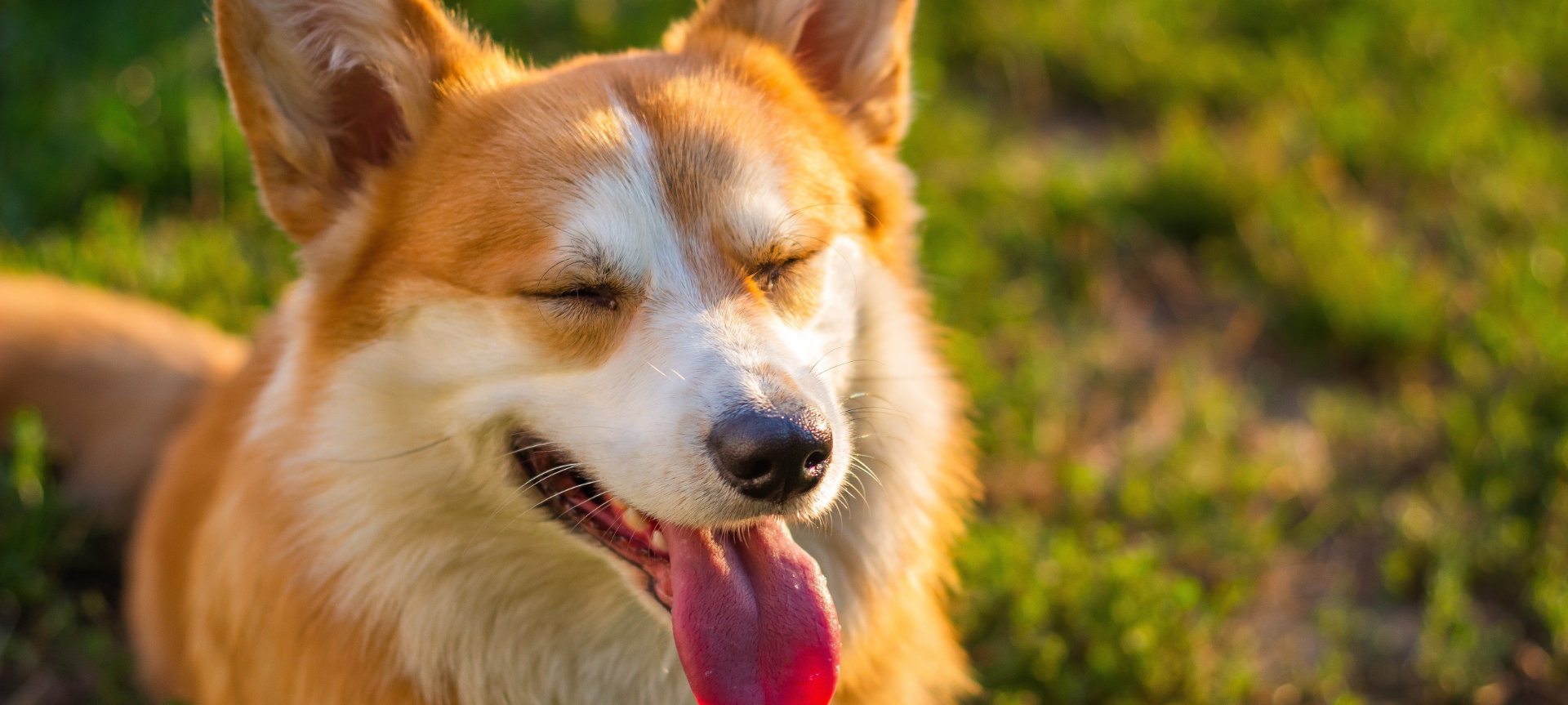
06 Mar Intubating Dental Patients: How We Safeguard Health During Dental Procedures
When it comes to dental procedures for our beloved pets, ensuring their safety and comfort is paramount. One crucial aspect of this process is intubation, a procedure commonly performed on cats and dogs to maintain their airway during anesthesia. In this article, we’ll delve into the process of intubating pets and why it’s so vital, especially during dental procedures.
Understanding Intubation
Intubation involves the insertion of a medical-grade tube into the trachea (windpipe) of an animal to facilitate breathing. This tube, known as an endotracheal tube, is typically made of flexible material and is connected to an anesthesia machine that administers a mix of oxygen and gas anesthesia. During the procedure, the animal is placed under general anesthesia to ensure they remain unconscious and pain-free.
The Importance of Intubation in Dental Procedures
Now, you might wonder, why is intubation particularly important during dental procedures for pets? The answer lies in the nature of these procedures and the potential risks associated with anesthetic dental care.
Protection of the Airway
Dental procedures often involve the use of dental instruments, such as ultrasonic scalers and high-speed drills, which generate aerosols and debris. Without proper airway protection, these particles can be inhaled by the animal, leading to respiratory issues or complications. Intubation provides a secure barrier, preventing foreign material from entering the airway and lungs.
Maintenance of Anesthesia
During dental procedures, pets may experience fluctuations in blood pressure and oxygen levels due to physiologic stress or the use of anesthetic agents. Intubation allows for precise control of anesthesia delivery, ensuring that the animal remains in a stable and controlled state throughout the procedure. This helps minimize the risk of complications and ensures a smoother recovery.
Monitoring Vital Signs
Because intubation facilitates the precise delivery of general anesthesia, anesthetists can more closely monitor vital signs, such as heart rate, respiratory rate, and oxygen saturation, throughout the dental procedure. Veterinarians and veterinary technicians scrutinize these parameters in real time to detect any abnormalities or signs of distress promptly. Early intervention can prevent complications and ensure the safety of the animal under anesthesia.
The Process of Intubating Pets
So, how is intubation performed on cats and dogs? The procedure typically follows these steps:
- Induction of Anesthesia: The animal is administered an induction agent to induce unconsciousness and relaxation.
- Positioning: The animal is placed in a sternal position on an operating table, with the head and neck extended.
- Visualization: The veterinarian uses a laryngoscope to visualize the larynx and trachea, guiding the insertion of the endotracheal tube.
- Intubation: The endotracheal tube is carefully inserted into the trachea and tied into place. A cuff at the end of the tube is then inflated to provide a seal between the tube and the walls of the airway, which prevents any foreign material from being aspirated into the lungs.
- Confirmation: Proper tube placement is confirmed by observing chest rise and fall with ventilation and auscultating breath sounds.
Dog and Cat Dentist in Missoula, Montana
Intubation plays a crucial role in ensuring the safety and success of dental procedures for cats and dogs. By protecting the airway, maintaining anesthesia, and monitoring vital signs, this procedure safeguards the health and well-being of our companions as they undergo dental care procedures. So, the next time your pet needs dental care, rest assured that proper intubation by a dedicated anesthetist will keep them safe and sound throughout the process. If your pet is due for a dental checkup or if you have any concerns about their oral health, please give us a call.
Images used under creative commons license – commercial use (3/6/2024). Photo by Karsten Winegeart on Unsplash



